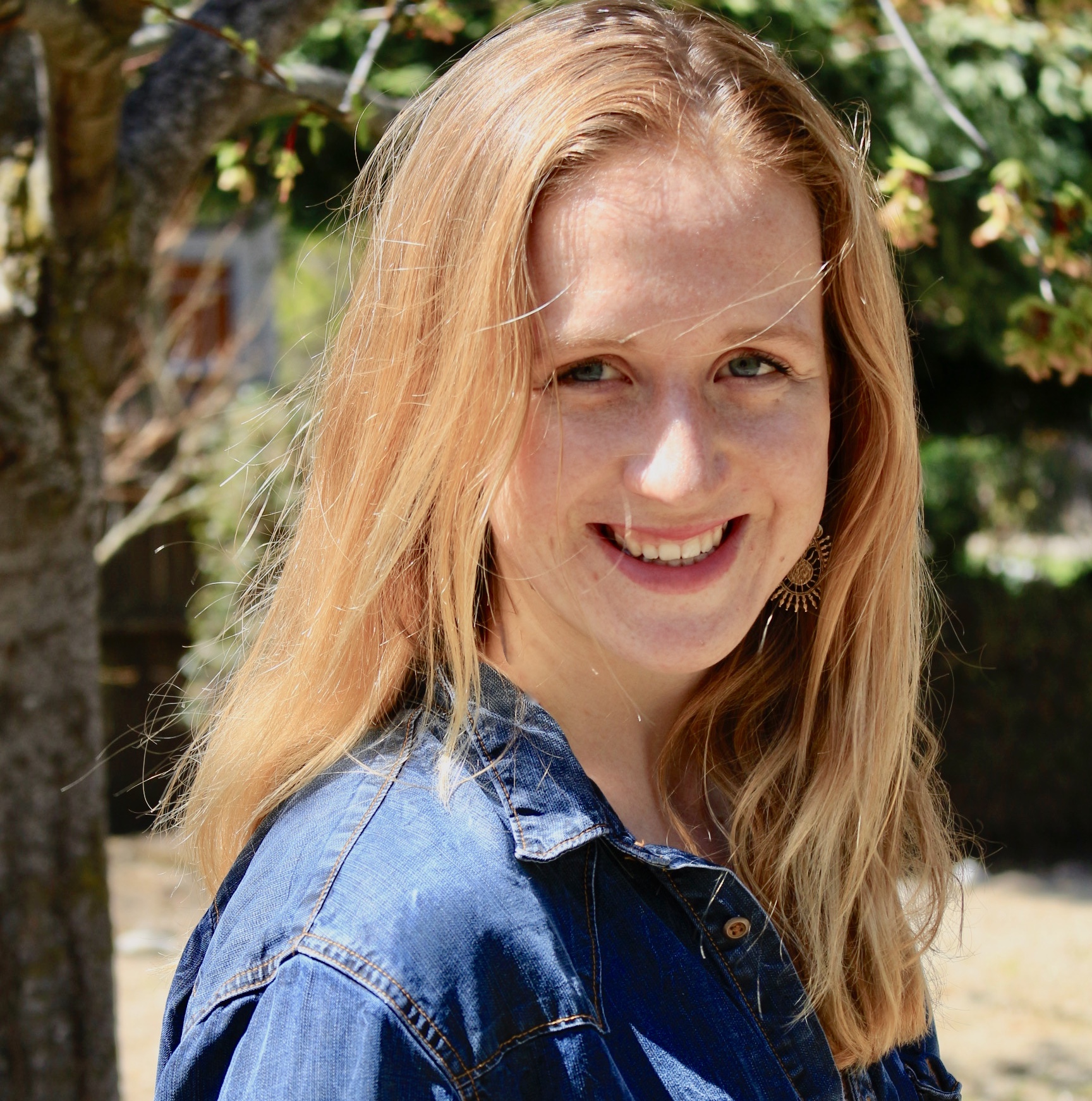What is chemotherapy?
Reference article: Facts about chemotherapy.

Chemotherapy is a type of cancer treatment that uses chemicals to kill harmful, cancerous cells and prevent them from reproducing. Chemotherapy has become a mainstay for treating rapidly spreading cancers and, combined with other therapies, can help force cancer into remission or keep it from spreading further, said Dr. Deanna Attai, an assistant clinical professor of surgery at the University of California Los Angeles.
Who discovered chemotherapy?
Chemotherapy was kind of invented by accident, as a result of research into the effects of poisonous mustard gas.
In 1942, at the beginning of the U.S. involvement in World War II, Dr. Alfred Gilman and Dr. Louis Goodman, both medical professionals at Yale University, were contracted by the U.S. government to come up with an antidote for the toxic effects of mustard gas. The noxious gas, released in the trenches during World War I, was responsible for the deaths of more than 91,000 soldiers and sickened more than 1.2 million others during that war, according to a 2001 report published in the Yale Journal of Biology and Medicine.
Related: The 10 deadliest cancers and why there's no cure
Early experiments with rabbits suggested that mustard gas was harmful because it killed white blood cells, which are the main cells of the immune system. Those results led Gilman and Goodman to wonder whether mustard gas could be used to fight a different kind of enemy: blood cancer. After confirming that mustard gas could destroy blood cancer in rats, the researchers decided to test the hypothesis in humans.
Their first human patient, called J.D., was a Polish immigrant with a case of lymphatic cancer — a cancer in the lymphatic system that carries white blood cells — that wasn't responding to other therapies, including radiation. Chemical treatment with mustard gas initially seemed to work for J.D. His tumors shrunk and he began to regain energy and mobility. But the treatment's side effects — profuse bleeding and bone infections, in J.D.'s case — killed him within three months.
Since that first chemical treatment, research has led to the development of an array of other chemotherapy drugs that are safer, more effective and have fewer side effects than their precursors. These drugs include alkylating agents and antitumor antibiotics, both of which work by damaging the DNA of cells to stop the cells from replicating. Other drugs include topoisomerase inhibitors and mitotic inhibitors, which work by interfering with enzymes, or proteins that spark the reactions necessary for cell division and reproduction, according to the American Cancer Society (ACS). Which drug a patient is given depends on the type of cancer and its severity, according to the National Institutes of Health.
Chemotherapy is not radiation
While chemotherapy is often confused with radiation, these two treatments are very different, Attai told Live Science. "Chemotherapy acts on the whole body," she said, while radiation therapy acts more like surgery by treating specific regions of the body in isolation.
Related: The circulatory system: An amazing circuit that keeps our bodies going
Because chemotherapy acts on the body as a whole, it's particularly effective at treating rapidly spreading cancers. When cancerous cells escape from one region of the body and migrate through the bloodstream, chemotherapy can kill these cells while they're en route to other parts of the body. A more localized treatment, like radiation or other targeted therapies, can easily miss these rogue, traveling cells.
"The goal is to get this [chemotherapy] drug into the entire bloodstream so that if there are any lurking cancer cells that haven't set up shop yet, they can be treated before they find their other little friends," and begin to wreak havoc on the body, Attai said.
What is chemotherapy like?
Patients prescribed chemotherapy may receive the drug through an intravenous (IV) drip, an injection or orally (either as a pill, capsule or liquid).
IV infusions can take up to several hours, but the process of receiving the chemotherapy usually isn't painful, Attai said. With oral chemo, since the patient takes this at home, it's important to follow guidelines for handling such potent drugs, with some requiring the user to wear gloves while handling it, according to the ACS. It's also important to take the medicine exactly as prescribed: "Oral chemo doses are set up so that the same level of drug stays in your body to kill the cancer cells. Not taking your chemo the right way can affect how well it works," the ACS says on its website.
It's common for patients to experience pain after IV or oral treatment, she said. Often, that pain is related to side effects. For instance, patients often experience tingling or pain in their extremities due to neuropathy, or nerve damage caused by the chemotherapy drugs. Patients sometimes report bone pain, not due to the chemotherapy, but because of neupogen, a drug sometimes simultaneously administered with the chemotherapy to help stimulate bone marrow regrowth and thus the production of white blood cells that can be depleted during chemotherapy.
Related: Does chemotherapy always cause hair loss?
Side effects are common with both oral and IV chemotherapy. Because chemotherapy attacks cells throughout the body, it tends to take down healthy cells along with the cancerous ones. Cells that divide rapidly are especially vulnerable to chemotherapy. In some patients, chemotherapy leads to hair loss as the cells in hair follicles, which normally regenerate every few days, die off, Attai said. Other cells that divide rapidly include those in the intestinal lining, white blood cells, skin and taste buds. As chemotherapy attacks these regions of the body, it can cause nausea, weaken the immune system, cause the skin to crack and alter the sense of taste.
Side effects wear off between weeks and months in most patients, according to the American Cancer Society. Hair grows back within three to six months after treatment, according to the Mayo Clinic. But until the aftereffects of chemotherapy wear off, open communication with a doctor can help make chemotherapy less uncomfortable, Attai said. "Not all side effects have to be lived through," she said. Doctors can prescribe additional medication to help with some side effects, such as nausea.
Is chemotherapy worth it?
Going in for your first chemotherapy treatment can be scary, Attai said. "It's so unknown; it's normal to be scared," she said. Attai encourages patients to remember that not all chemotherapy experiences are the same. "Just because your sister had a bad reaction doesn't mean you will," she said.
Maintaining an open line of communication with their team of doctors can help patients alleviate some of this uncertainty. Patients should begin by asking why they need chemotherapy, Attai said.
Related: Many women with breast cancer don't need chemotherapy
Chemotherapy is not always worth the side effects. For some cancers, especially those that don't spread rapidly, the likelihood that chemotherapy will improve the patient's outcome may be small. "It's important to clarify that 'worth it' is based on specific factors of the cancer and what we know about that cancer's potential to respond to treatment," Attai said.
In general, cancer treatment is moving toward the use of more targeted therapies, Attai said, which means targeting specific cancer cells and avoiding damage of healthy cells. Some of these therapies will be able to recognize the molecular structures or genetic mutations that are unique to specific tumor cells.
"Patients should realize that we're trying to get away, as much as possible, from a one-size-fits-all approach," Attai said.
Additional resources:
- Read more about chemotherapy in this overview from the Mayo Clinic.
- Learn how chemotherapy is used to treat cancer in this article from the American Cancer Society.
- Find answers to frequently asked questions about chemotherapy from the National Cancer Institute.
Sign up for the Live Science daily newsletter now
Get the world’s most fascinating discoveries delivered straight to your inbox.

Isobel Whitcomb is a contributing writer for Live Science who covers the environment, animals and health. Her work has appeared in the New York Times, Fatherly, Atlas Obscura, Hakai Magazine and Scholastic's Science World Magazine. Isobel's roots are in science. She studied biology at Scripps College in Claremont, California, while working in two different labs and completing a fellowship at Crater Lake National Park. She completed her master's degree in journalism at NYU's Science, Health, and Environmental Reporting Program. She currently lives in Portland, Oregon.










